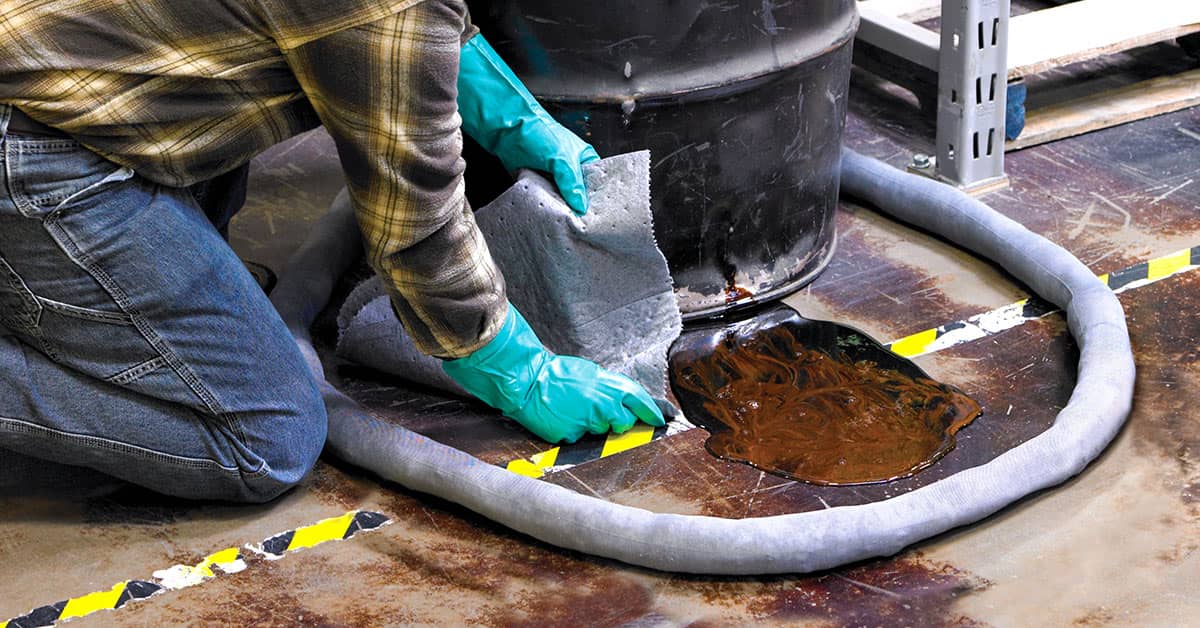Quick Quiz – Test your SPCC familiarity
Date Posted: 05/17/2021

A cornerstone of EPA’s strategy to prevent oil spills from reaching our nation’s waters is the Spill Prevention, Control, and Countermeasures (SPCC) rule. Found at 40 CFR 112, the regulation requires covered facilities to reduce the risk of oil spills and develop steps to address any releases. This ensures that facilities have containment and other countermeasures in place to prevent oil spills from reaching navigable waters or adjoining shorelines. Today, we challenge you to test your knowledge on some trickier components of the SPCC rule.
Questions:
1. TRUE or FALSE? All tank trucks (or mobile refuelers) are exempt from SPCC requirements because they are considered “transportation.”
2. TRUE or FALSE? SPCC only covers petroleum-based oil products.
3. TRUE or FLASE? Transformers located at your facility do not have to be included in your SPCC plan.
4. TRUE or FALSE? The SPCC rule calls for “sufficient freeboard” and defines what that means.
Answers:
#1 FALSE. Not all tank trucks or tank truck activities are exempt from SPCC. Only those activities subject to DOT jurisdiction fall outside the scope of SPCC regulation. For example, EPA regulates tank trucks (or mobile refuelers) under the SPCC rule, if they operate exclusively within the confines of a nontransportation-related facility (i.e. fuel trucks at airports or at large mining operations).
EPA also regulates the activity of loading or unloading oil in bulk into storage containers (such as those on tank trucks or railroad cars), as well as all equipment involved in this activity (e.g., a hose or loading arm attached to a storage tank system).
#2 FALSE. Under SPCC, oil is defined as “oil of any kind or in any form.” This can include, but is not limited to, petroleum, fuel oil, sludge, crude oil, animal fats and greases, and vegetable oils. Examples of nonpetroleum oils that are regulated, include: animal fats and oils, fish oils, vegetable oils, and oils that are solid at room temperature (such as coconut oil).
#3 TRUE. The owner or operator of a facility that includes a container being used by another person that is not under his or her operational control should coordinate with that person to determine who will prevent spills from that container. This includes transformers or other energized electrical equipment that are located on an easement and are under the operational control of the local electrical utility and may be addressed separately by the utility. However, the facility should coordinate with the electric utility on how to address spill prevention procedures for this equipment. This determination by the plan holder must be based on site-specific factors.
#4 FALSE. While it is true that the minimum design requirements for secondary containment must be sized to contain the largest single oil compartment of the container plus sufficient freeboard, the SPCC rule does not specifically define the term “freeboard,” nor does it describe how to calculate the volume. A professional engineer can help determine if a containment system has sufficient volume.
How Safety Management Suite Can Help
One major requirement of the SPCC rule is the obligation for a written SPCC plan. An SPCC plan is a detailed, facility-specific description of how a facility's operations prevent and control oil spills. Creating and updating SPCC plans, as well as many other EHS plans, is easy using the Plans and Policies tool in the J. J. Keller® SAFETY MANAGEMENT SUITE. The tool gives you the framework you need, covering all required elements from the applicable regulations, allowing you to enter your information and save the plan.
E-mail Newsletter
Sign up to receive the weekly EHS Insider email newsletter for safety articles, news headlines, regulatory alerts, industry events, webcasts, and more.